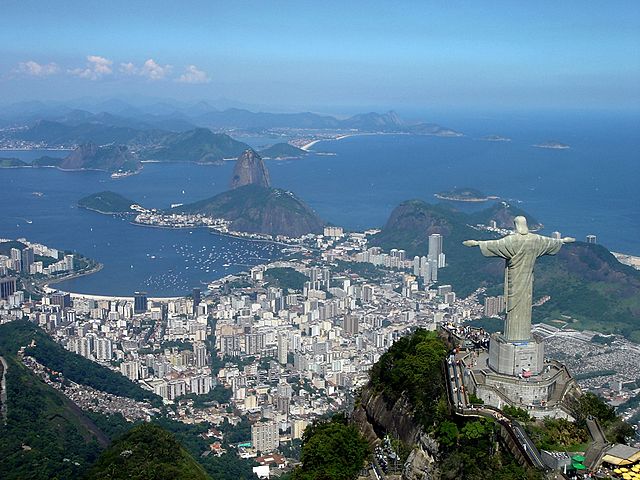Christ the Redeemer Facts
Below are some of the facts about Christ the Redeemer:
- The Portuguese calls the statue of Christ the Redeemer as Cristo Redentor in the local language.
- By 1889 with the separation of the State and Church during formation of the Brazilian Republic, and then right after the World War I in 1920, the feeling of fear in people there against godlessness soared high. As a result the symbol of God and Christ, this statue was planned and erected
- The statue is inspired by the design of a Christ statue made by engineer Heitor da Silva Costa.
- The statue concept went through some changes from inception. The initial idea of Costa was Christ with a large cross and a globe in either hands with the face towards sun rising. But this design was defamed as the joke ran ‘Christ with a ball’. Finally the current design was sketched again after Costa consulted Carlos Oswald, a Brazilian artist.
- The construction of the statue took 9 years.
- Christ the Redeemer was made on the sculpted clay impressions of the famous French-Polish sculptor Paul Landowski. It was the design of Da Silva Costa, which got physical form with the clay sculpting of Landowski which he had sent to Brazil in small pieces. And then the whole statue was made with concrete.
- The statue surface is made of 6 million tiles of soapstone. The inspiration for this idea was taken from a Paris fountain called Champs Elysees.
- According to the BBC television, every tile attached to the statue has writings behind them by the workers who were making the statue. That is why the status contains hidden messages inside.
- The statue has gone through lots of restoration work over time because of the weathering of its soapstone tiles due to rain and winds.
- Lightnings often strike the statue, but still the structure stays protected because of the lightning rods fitted on it everywhere. Still some serious blows have been received by the statue.
- The tiles used in the statue were brought from a quarry near the Ouro Preto city. This place was chosen by Da Silva Costa because Aleijadinho, the Brazilian sculptor, whom Costa admired and followed a lot, also used that quarry in the 18th century.
- The statue color will change to a darker tint in the coming years because of a major restoration which would be planned after 2020. The soapstone tiles originally used in the making were light gray colored which are no more available. Hence darker colored tiles would be used as replacement of worn out tiles thereby gradually darkening the color of the statue.
